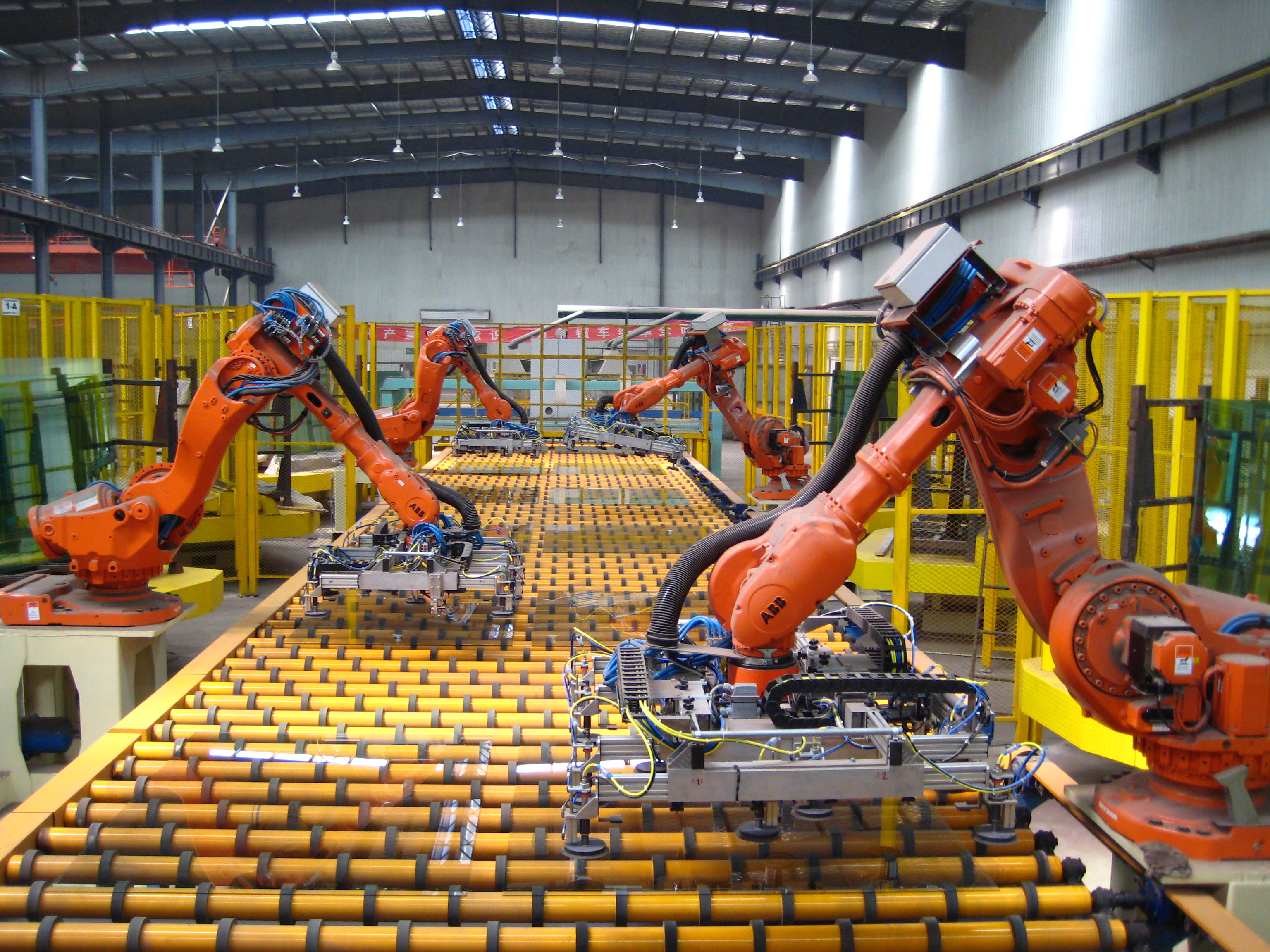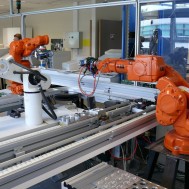The number of industrial robots will jump by 10 percent annually in the world’s top 25 export nations through 2025. The current growth rate? Only 2 or 3 percent — proving how rapidly this technology is going to start hitting the industry.
Along with industrial automation comes some hesitation. Let’s take a look at six common myths about automation manufacturing.
Myth #1: It’s not for everyone.
When some people hear the term automation — the use of intelligent machines to minimize human intervention — they’re quick to think of large automotive manufacturers.
In reality, automation is used across diverse industries and in companies both small and large because of its many benefits. These include:
- Increased productivity
- High volume production
- Increased safety
- Reduced energy and materials
- Less waste
Some industries that use automation are aerospace, medical, automotive, pharmaceuticals and composites.
Myth #2: Manufacturers can’t afford it.
The initial costs may seem intimidating, but with a return on investment expected in as little as six months to a year, automation can be affordable for manufacturers of any size.
One example, Baxter, a robot used at Pennsylvania manufacturer Rodon, was purchased for $22,000, and, with maintenance fees, costs only $3 an hour.
“The price and performance of automation are improving rapidly,” says Michael Zinser, a Boston Consulting Group partner. “Within five to ten years, the business case for robots in most industries will be compelling, even for many small and midsized manufacturers.”
Myth #3: Automation eliminates the need for a human workforce.
Without the need of hourly wages, lunch breaks or vacation time, it’s no secret automation will slowly sneak into humans’ jobs. But, while many think this trend will eventually replace humans in manufacturing as a whole, it’s just not true.
By 2025, there would be an estimated 2 million unfilled jobs in the sector which can be filled by automation. This will open up positions for humans in high-skilled careers in design, innovative thinking and technology that surrounds manufacturing. The next generation of robots will work with humans — holding parts, cleaning up and performing other helpful tasks.
Jeff Burnstein, president of the Association for Advancing Automation, explained that robotics will create up to 1.5 million jobs by 2016, up to 100,000 of which will be in the manufacturing of service robots.

Myth #4: The technology is too complex.
It is true that some systems can be complex and require precise training, but emerging robots are being produced specifically for user-friendly experiences.
For example, the robot mentioned earlier — Baxter — does not require programming. It requires a simple manual training process that in-house employees can master and modify without the help of third-party companies.
It’s flexible, too, meaning it can be re-trained to work in various applications.
Myth #5: Robots aren’t safe.
Although an industrial robot will improve the ergonomic conditions in a production area, there is a perception that robots will create an unsafe work environment.
In many robots, sensors are being added at a low cost. Not only does this increase safety and accuracy, but it gives them intelligence and awareness of the surrounding environment.
Julie Shah, an assistant professor at MIT who researches human-machine collaboration, found that teams made of humans and robots collaborating efficiently work better together than teams made of either humans or robots alone. In her experiments, this cooperative process reduced human idle time by 85 percent.
Still, to ensure safety in the workforce, a company must implement and follow appropriate automation rules and policies.
Myth #6: It’s mostly prevalent overseas.
While there have been many advancements in automated manufacturing in Europe and Asia, more manufacturers in the U.S. are adapting the new technology — and bringing jobs back to the States along with it.
“So what we’re seeing now,” Hal Sirkin of Boston Consulting Group says, “is companies bring jobs back to the U.S. not just because of patriotism but because of pure economics. The wages are rising in China, the U.S. is getting more competitive. The average American worker is at least three times as productive as the average Chinese worker.”
According to the Robotic Industries Association, the U.S. is second only to Japan in robot use with an estimated 230,000 robots. By the end of the decade, it’s expected that 3 to 5 million jobs will return to America.
Automation is here to stay — and while some may be apprehensive about the new technology, it has been proven to provide many benefits in the manufacturing industry.
What myths have you heard about automation manufacturing? We’d love to hear your thoughts. Leave a comment below or connect with us on Twitter @AppleRubber.
